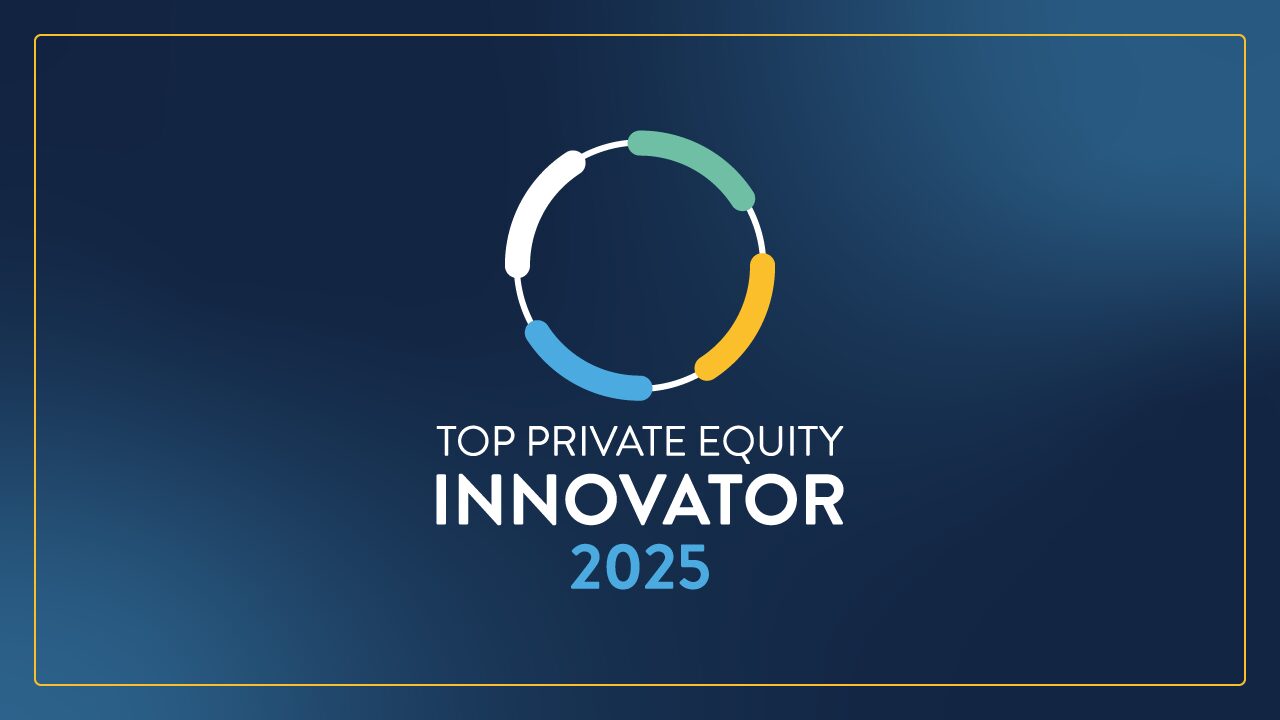Artificial intelligence has evolved from a futuristic concept into a business norm. The advent of Language Learning Models (LLMs), like ChatGPT, Gemini, Perplexity and Claude, is only the tip of the iceberg.
While these consumer-focused models are noteworthy, they form only a fraction of AI’s potential. Businesses stand to gain significantly by exploring AI further and integrating advanced models.
Let’s examine how AI is revolutionizing private equity firms, their portfolio companies and other private and public businesses.

Beyond Data Availability and Hygiene
AI models are adept at analyzing and interpreting massive datasets, providing businesses with valuable insights that drive decision-making. With data being produced at an unprecedented rate, AI’s role in sifting through this sea of information and drawing actionable conclusions is invaluable.
READ MORE: The Road to AI Implementation: Precursor Activities
Ken McLaren, partner at Frazier Healthcare Partners, spoke to this on a recent AI-focused webinar hosted by BluWave.
“We do a lot of prototyping on desktops,” McLaren said. “As we prove the value and the use cases, we then start getting ready for production. But don’t build in production first. Get the proof value with your customer market in place before you start building.”
He elaborated on the importance of having clean data that is also production-ready, which means having a quality data lake infrastructure.
“Having your data pipes with things like Azure Data Factory, having good storage…or using Databricks Delta Lake on top of that, having a production-ready data environment is important,” he said. “Once you’ve got your models ready…you can plug in a lot of open source tools. So there’s really no one platform to rule at all.”
Protecting Your Sensitive Data
With AI tools new and old evolving so rapidly, there’s also concern from business leaders that the data they share with these same tools is not safe.
“If you’ve got history turned on, then it becomes part of that AI system,” said Keith Thomas, National Practice Lead, Cybersecurity Operations, at AT&T. “It gets built into the models, and there’s the ability for the model to use that data.”
Since McLaren’s firm exclusively works with healthcare companies, they err on the side of holding back data from open tools that could otherwise compromise privacy.
“We still guide our portfolio companies for sensitive business data, customer data – keep it out of any open tool,” McLaren said.
BluWave CEO and founder Sean Mooney also cautioned about sharing propriety data that gives your company an edge:
“If that’s something that’s competitively sensitive or advantageous your business,” he said of adding it to an open-source tool, “you’ve just given it to the world.”
Beyond Open-Source AI Tools
Tech stacks at innovative businesses are changing faster than ever. Not only are the tools themselves changing, but they’re also becoming easier to use for team members who aren’t as technically skilled.
“In software development in general, there’s this movement more and more toward no-code, low-code solutions,” said Alex Castrounis, Why of AI founder and CEO. “Part of the benefit of those things is, one, accessibility and making it easier for people in organizations to sort of build software, or in this case, train models, iterate on models, tune them, optimize them, deploy them and so on.”
He added that the future of AI could look more like J.A.R.V.I.S. in Ironman than simply getting help summarizing large sets of data or writing an email.
He describes this potential technology as an “interface that becomes sort of an information-retrieval system or a question-answering system on top of your data. …It solves a lot of those issues that I know a lot of organizations are wondering when it comes to proprietary data and confidential data.”
Other tools like LangChang – used in conjunction with other tools – can help users make templates out of their existing prompts and iterate them for future inputs. These can then be set up with outside sources such as Wikipedia, as well as databases and APIs.
These, however, are just a small sample of the growing list of possibilities.
While OpenAI, Microsoft and Google continue to grab the lion’s share of attention when it comes to new AI tools, there are countless others being developed and improved every day.
Business leaders must strike the delicate balance between experimenting and staying ahead of the curve against protecting proprietary, and even sensitive data. Miscalculating could not only compromise competitive advantages, but also user safety.
The Business Builders’ Network is full of expert, trustworthy service providers who are on the leading edge of artificial intelligence technology. When you’re ready to connect with an industry-specific resource for your business, contact our research and operations team to set up a call.


